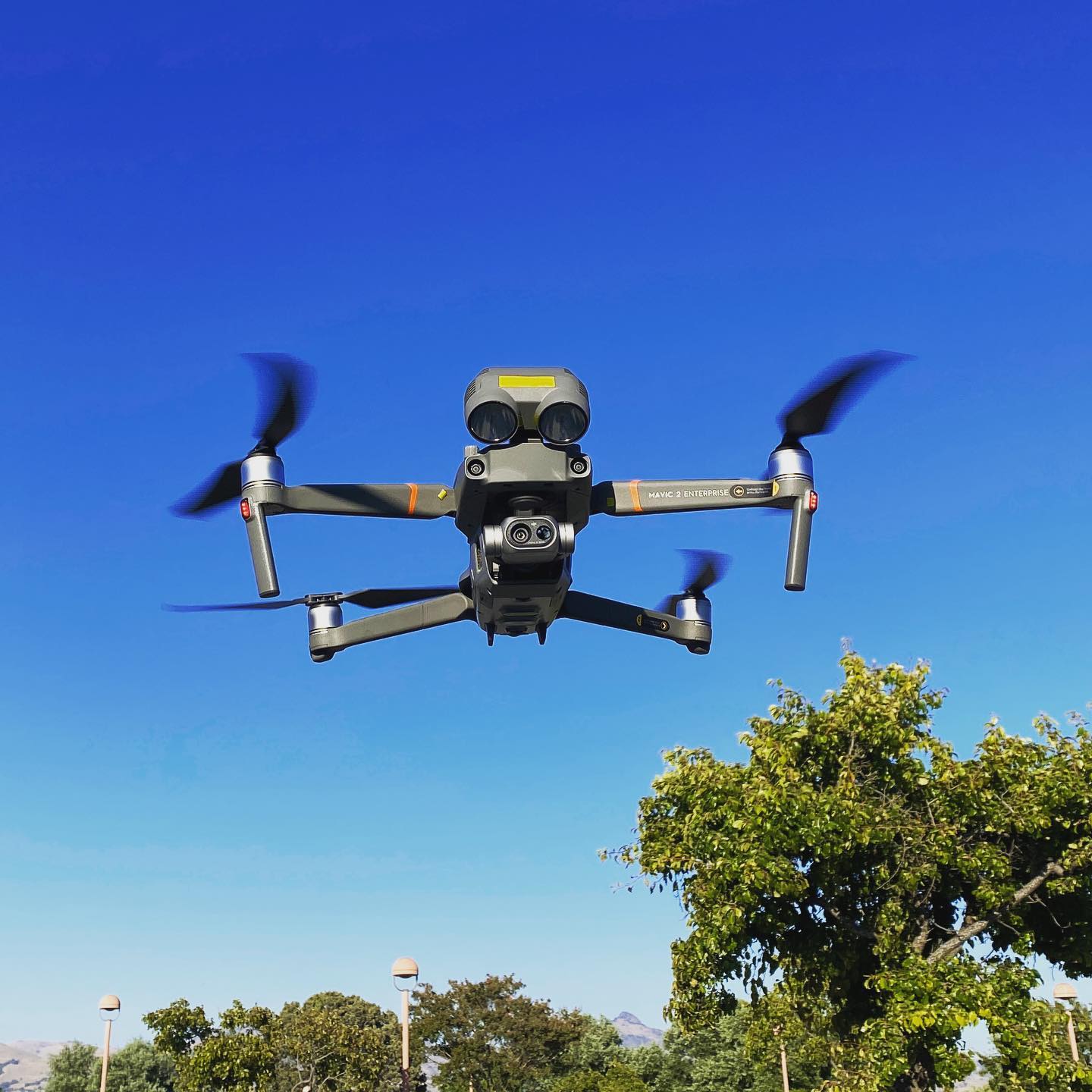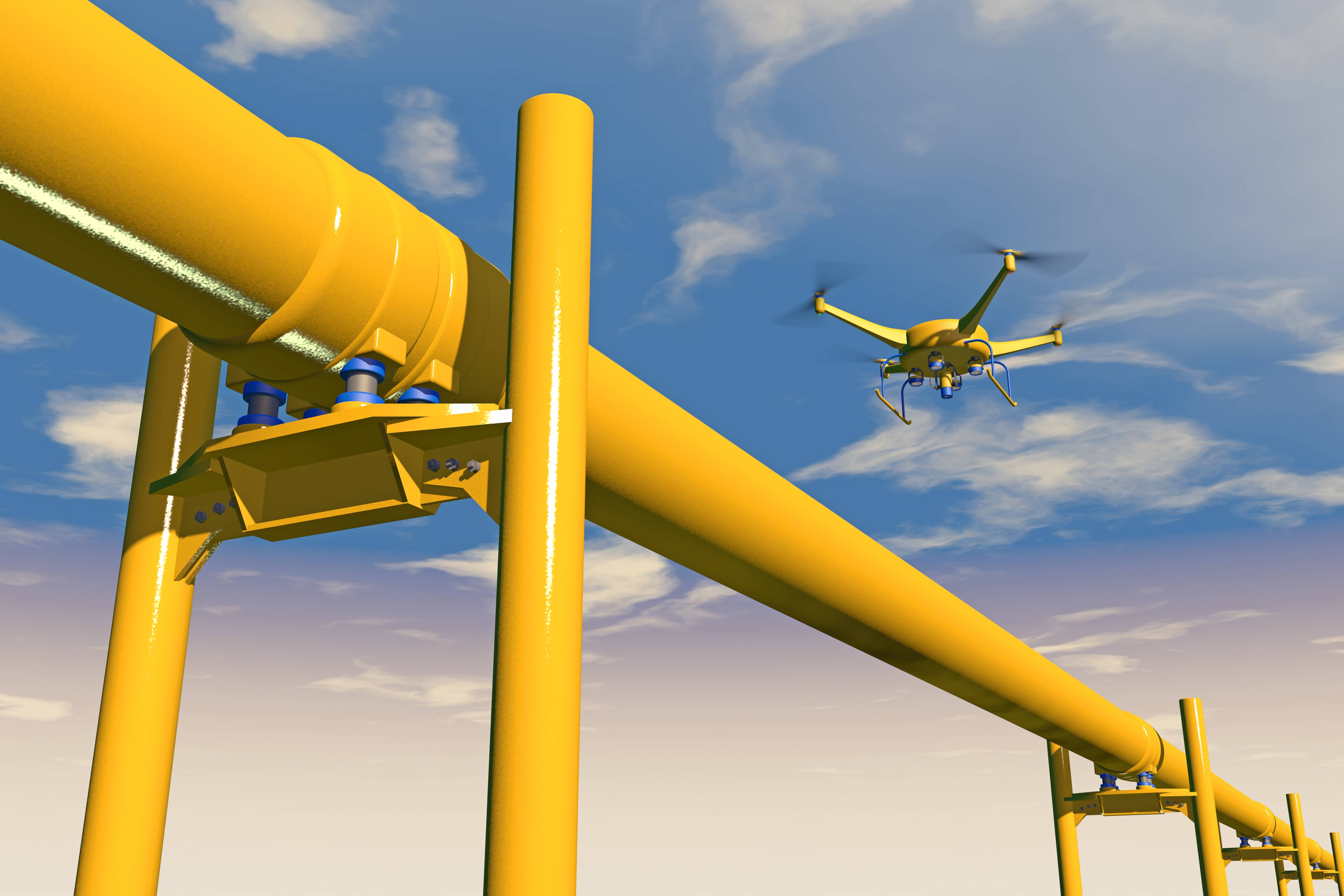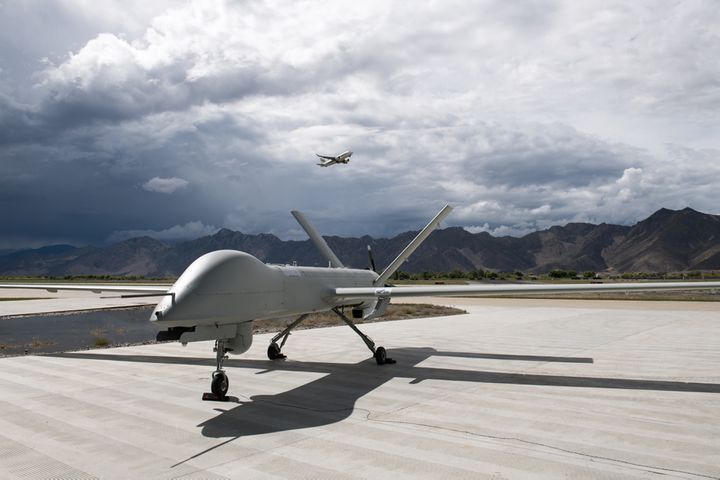
Many benefits can be derived from the use of drones in solar farms. These drones reduce rooftop risk and make sure that the solar panels work correctly. Drones can also provide thermal readings. They can zoom in on individual panels so that problems are quickly identified. Thermal imaging can be used by drones to make solar farms. This article will explain how. You can learn more about drones for solar farms and how they can improve your operations.
Thermal camera mounted on a drone
FLIR Vue Pro (640), a thermal camera, was mounted on a quadcopter multi-rotor. The focal length was 9mm. It captured NADIR images at an average rate of one per second. The thermal images had a resolution of approximately 10 centimeters in a first inspection. The second inspection yielded eleven images, which took less than five minutes to process. The thermal images were sufficient for quick inspection after replacement work. This thermal camera has a high image overlap and low motion blur.
Reduces human error
Drone technology has many benefits. Drones have the ability to perform many solar tasks, including monitoring, time-critical inspections and strategic planned maintenance. Operators can use a smartphone application to receive the drone's data, which will allow them to quickly diagnose the problem. The technology can detect faulty solar panels and pinpoint problems before they result in loss of energy output. Drones are an essential tool in order to reduce human error in solar power plants evaluation.

Improves data quality
Drones can significantly improve the data quality of a solar farm and can provide thermal readings and zoom-in capabilities. PV operators can use drones to make sure their panels are installed correctly and that they run smoothly. DJI Matrice drones rank among the top-tech industrial workers. They offer IP43 foul-weather capability, extended flight time, and are highly-recommended. In addition to their superior engineering capabilities, these drones excel in broadcasting/filmmaking functions and in the solar industry.
Increases speed of inspection
Drones are a great way to speed up inspections of solar panels. Drones can scan individual solar panels in a 10-kilometer radius. Manual solar inspections can only be used to inspect a small percentage of the modules and are often inaccurate. Drones are able to scan all modules and report their findings with greater accuracy. A drone can be used by solar farm operators to lower the cost of solar panel production and minimize the need for human intervention.
Lowers costs
Many sectors are benefiting from drone technology. One sector in which drones can reduce costs is solar energy. Drones have the potential for savings of up to 70%. Drones are a cost-effective way to assess the energy potential of rooftops and conduct maintenance inspections. They can scan land at "exceptionally fast" speeds. Drones can help reduce the cost of all phases of solar operations, including planning and maintenance.

FAQ
Are drones allowed to be used at public events
You can fly your drone anywhere you like, provided you adhere to the rules. If you want to fly your drone in public events like parades, festivals, concerts, etc., you must get permission from the event organizers.
What is the main difference between a quadcopter or a helicopter?
A quadcopter can be described as a quadrotor helicopter with four rotors. It flies the same way as a traditional helicopter. It has four rotors which rotate independently. A quadcopter has four rotors. The hexacopter has six. Hexacopters can be more stable and maneuverable that quadcopters.
Do I need special training to fly a drone?
You don't require any special training to fly your drone. You will only need a remote control unit, and some knowledge about flight mechanics.
Can I fly my drone in my local park?"
Yes, you can fly drones in parks throughout the world. However, some countries do not allow flying drones at parks due to safety concerns. Check out our list of places where you can legally fly drones for fun.
What kind of batteries is a drone using?
The majority of drones run on lithium-ion batteries. A typical drone runs on between 3 and 6-volts.
Statistics
- According to Indeed, a drone pilot gets paid $25.73 per hour on average in the US. (dronesgator.com)
- According to industry research from ZipRecruiter , there are 10 cities where the typical salary for a Drone Pilot job is above the national average. (dronesgator.com)
- According to ZipRecruiter, the minimum hourly wage of drone pilots is $20. (thedroneu.com)
External Links
How To
How to Fly Drones for Beginners
A drone is a remotely-controlled aircraft that is used for aerial photography and surveillance. Drone technology has been around since World War II. DJI introduced their Phantom series of quadcopters in 2010, but commercial use only began in 2010. There have been many drones made since then. These range from beginner-friendly drones like Parrot AR Drone 2.0 to more advanced multi-rotor craft like DJI Mavic Pro.
There are several ways to fly a drone, including;
-
Remote control - This method uses a control device attached to your hand, which enables you to steer the drone through its flight path. There are two main types: Joysticks (like a radio), and On/Off switches (like an alarm clock).
-
Manual Control - This method uses a smartphone app to remotely control the drone using GPS coordinates. You must keep track of the location where you want the drone to go and follow the instructions from the app.
-
Autonomous flight - The drone takes over the piloting duties. It is basically flying autonomously and without human intervention. It must have a builtin camera, sensors capable of taking images and data to enable autonomous flight.
-
Triggered Flight: This is similar in concept to manual control. The pilot manually creates a route and the drone then follows it until it reaches that endpoint. After the preprogrammed route is complete, the drone will automatically land and return to its base.
-
Landing Gear- Some drones include landing gear that allows for safe landing if the power goes out or they run out of batteries.
-
Goggles - Pilots may wear goggles to shield themselves from flying debris.
-
Camera – Some drones have cameras, which allow you to take photos or videos from up high.
-
Obstacles – Some drones have obstacle avoidance systems that stop them from colliding with obstacles.
-
Speed – Some drones can reach speeds in excess of 40 mph.
-
Battery Life - Most drones last between 20 and 3 hours depending on how much power they have.
-
Range - Some drones can travel upto 30 miles depending on their models.
-
Power source: Some drones will require an external power source while others can be powered by internal batteries.
-
Weight – Some drones are less than one pound, while other models can be up to four pounds.
-
Size - Drones come in many sizes, from small gadgets that fit in one's hands to large craft that weigh more than 50 lbs.
-
Price - High-end drones can go for thousands of dollars, while low-cost models start at $100.